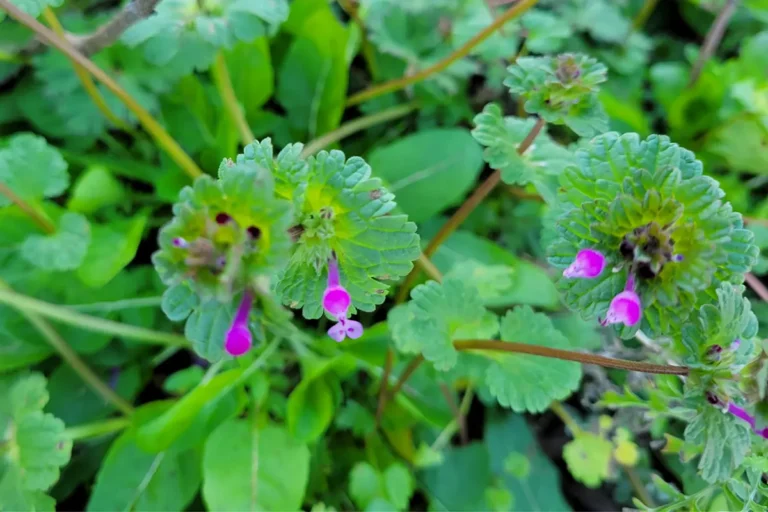Enclosed garden areas
Planting in an area with solid fencing around it will block moisture-sapping winds. Raised beds also retain moisture better.
Drought and extreme heat along the Gulf Coast have become a serious problem for gardeners. Most of Texas and Louisiana are in drought, as is southwestern Mississippi, coastal Alabama, and the Florida panhandle.
As we all know, plants need three essential things to grow: sunlight, nutrients from the soil and moisture. As drought and high heat continue, more moisture evaporates, robbing plants of necessary moisture. When that happens, nutrients become less available to the plants. This causes stunted growth, reduced production, plant wilting and, unless measures are taken, plant death.
Here are some garden management tips for gardeners who are planning a garden.
Compost
Rich, organic compost should be added to the garden before planting. Make sure you know where your compost comes from. If it has an OMRI (Organic Materials Review Institute) labelling, it is certified to be organic, according to the institute’s standards. Remember that compost is not the same thing as mulch. Five percent compost in the soil drastically increases the soil’s water-holding capacity.
Planting strategies
- Block Planting – Plant seed in a grid instead of rows. This gives you a higher density of plants in a smaller area. This in turn increases yield, lowers the time you spend weeding and is more water efficient.
- Three Sisters – This is a tried-and-true method of planting, developed by Native Americans centuries ago. It involves planting corn, pole beans and squash together.
- Corn provides a structure for the climbing beans and the squash helps keep moisture in the soil and also provides shade, keeping the ground cooler.
Mulch
Mulch is a necessity in any vegetable garden, but it becomes especially important during high heat and drought. Use pine needles, straw, shredded bark, dead leaves -anything really that is organic and will degrade back into the soil. Do not use dyed mulch or inorganic mulches.
Watering
Don’t water during the heat of the day. Best times are early morning or late afternoon/evening. Water the soil, not the plant. Drip irrigation is the best way to get water down into the soil along the plant roots. Little or no water evaporates. Soaker hoses also work, but they are not as efficient as drip. If you use drip or soakers, cover them with mulch.
Remember that plants need the most water when they are flowering. Some vegetables, like tomatoes, need regular watering when tomatoes are forming.
Weeding
Get rid of those pesky weeds. When it’s really hot and dry, weeds can overwhelm your vegetables. They steal water and nutrients from the soil and are much better at surviving than vegetables. Weeding is especially important during heat and drought.
Choosing the right varieties
Find drought-resistant varieties of plants and seeds. Bush snap beans work better than the pole varieties. Bush tomatoes (determinate) will do better than vining (indeterminate) tomatoes. There are also some great heat-tolerant varieties that work well.



